The Rolling Stones in 1967
Let’s talk for a moment about controversy. The fact that we occasionally have double album reviews (that is reviews of two single albums by the same artist) may be a bit controversial, as […]
Short, published every other Wednesday starting 06/06/12
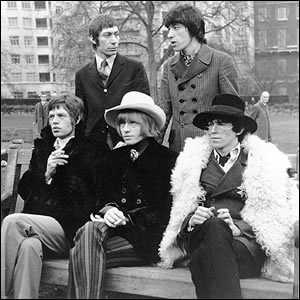
Let’s talk for a moment about controversy. The fact that we occasionally have double album reviews (that is reviews of two single albums by the same artist) may be a bit controversial, as […]
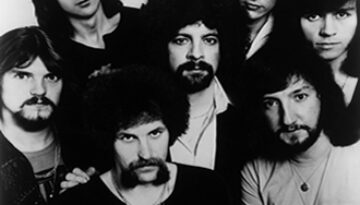
The former members of the Electric Light Orchestra and the Electric Light Orchestra II joined forces and combined their musical prowess for the first time to hold an unforgettable performance at the Resort […]

I recently read an article by NPR intern Emily White in which the 21-year-old pretty much bragged that, despite possessing thousands of songs, she has never really purchased music. In David Clowery’s response […]
At the end of the Beatles last ever live performance (on a London rooftop) John Lennon jokingly said “I hope we passed the audition”. Well, there was actually a time when the band […]
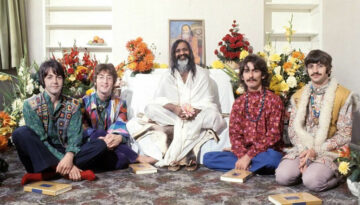
In early 1968, all four members of The Beatles traveled to northern India to attend a Transcendental Meditation training course with Maharishi Mahesh Yogi. While George Harrison, John Lennon, Paul McCartney and Ringo […]
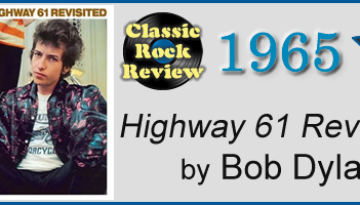
As a final wrap up of our final classic year review, 1965, we still needed to decide on an Album of the Year for that year. This was a unique situation, because all […]
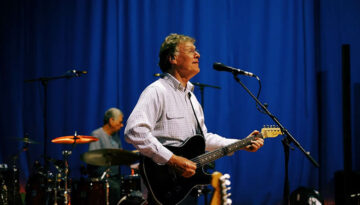
After more than a half century on the international stage, Steve Winwood has not lost a step in the quality of his musicianship and performance. We got a chance to catch him in […]
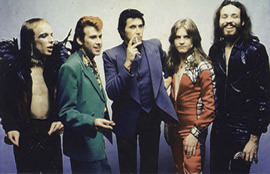
When you’re an early-1970s rock band that tours with your own fashion designer, hair stylist, photographer and “PR consultant”, chances are you’ll take some heat. Roxy Music, the English glam-art band formed by […]
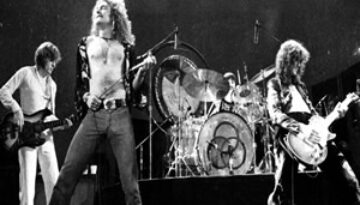
by Julia Dragomirescu I hear the “ding dong” sound as I enter the vinyl record shop. The smell of antiques wafts gently through the air, beckoning to the wanderer to enter a realm […]
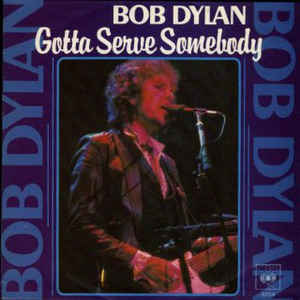
Buy Slow Train Coming If art is always open to interpretation and art can be examined from a new prism for deeper meaning; then we might ask a simple question. Could Bob Dylan […]